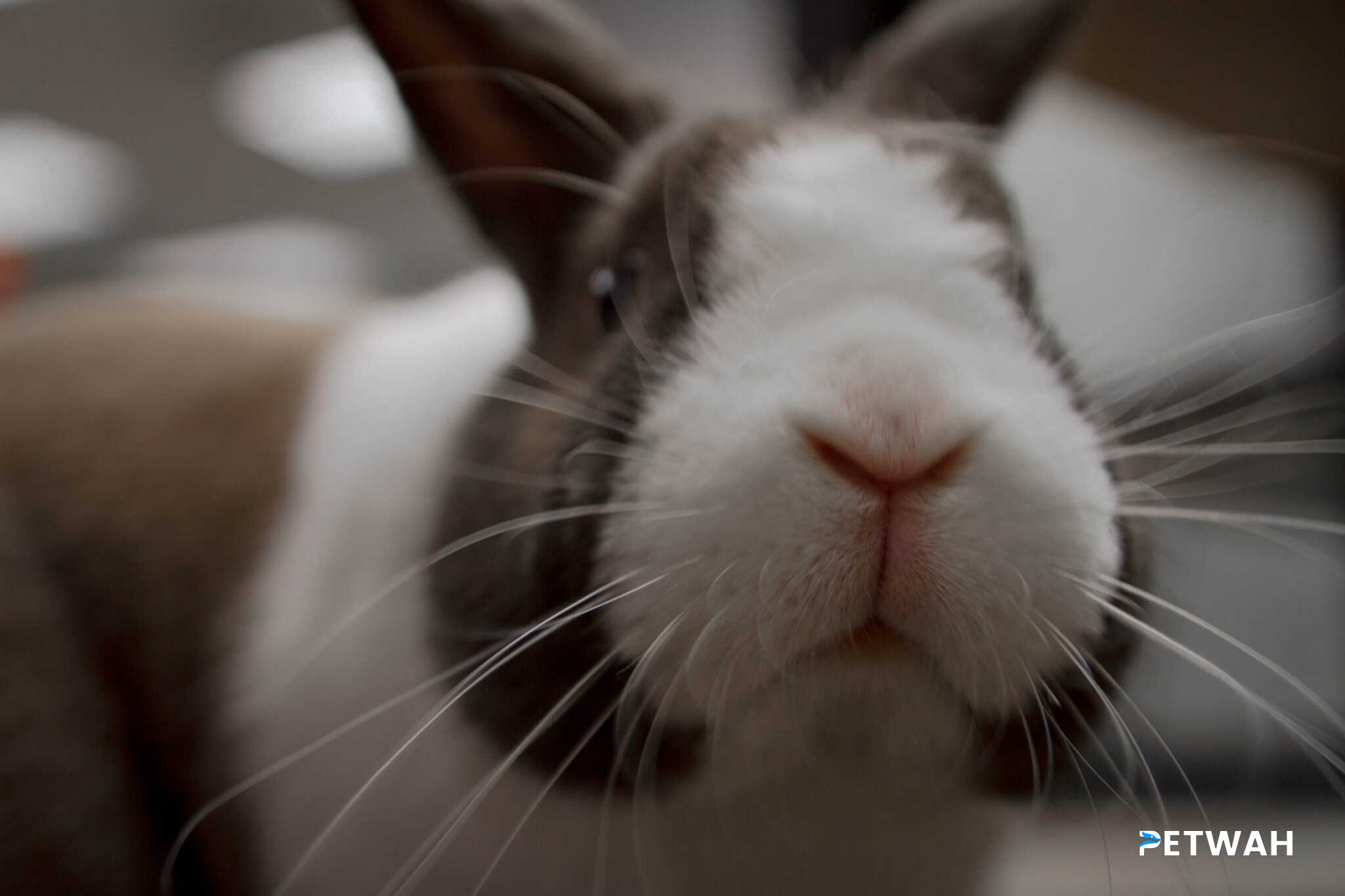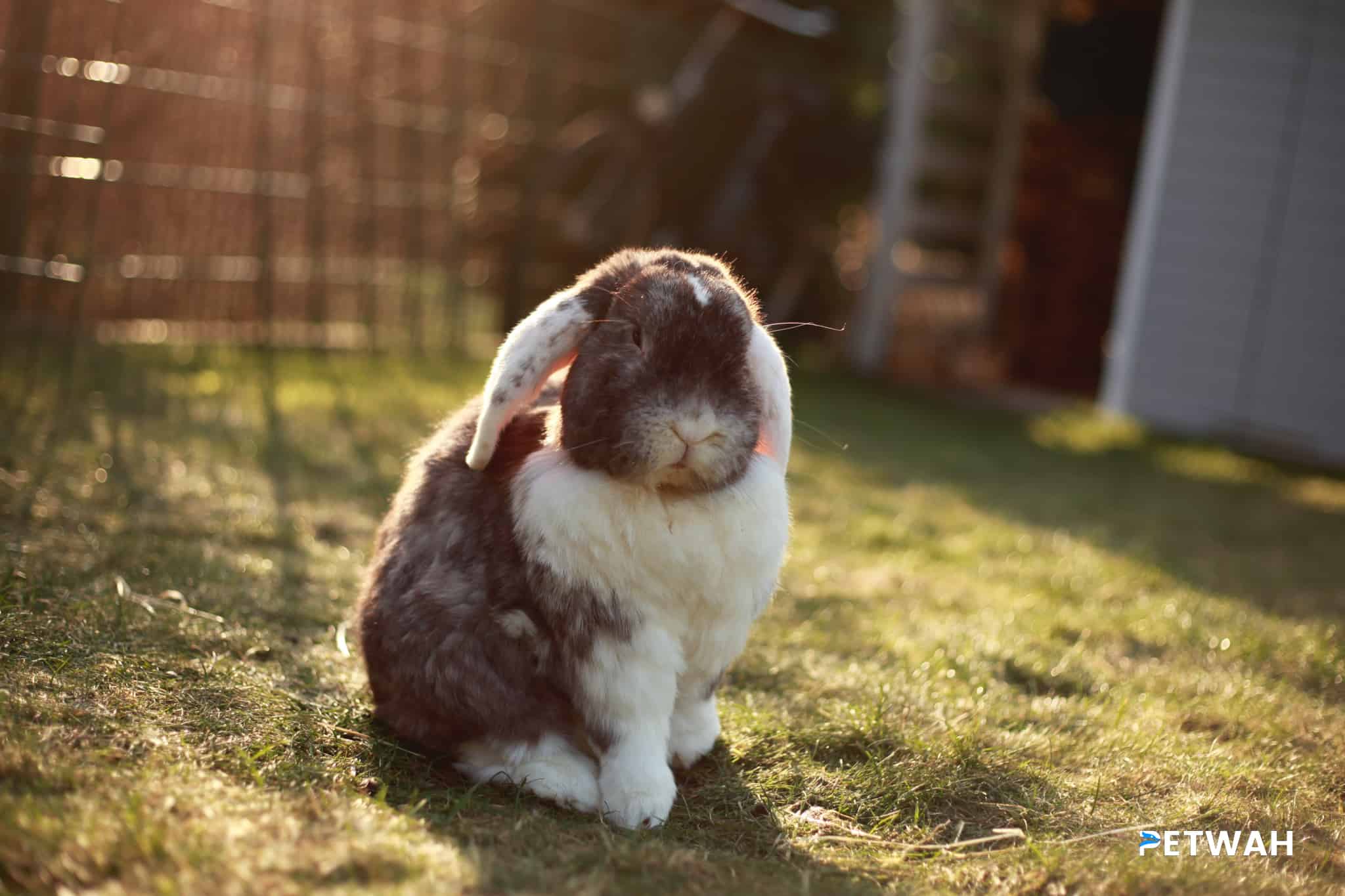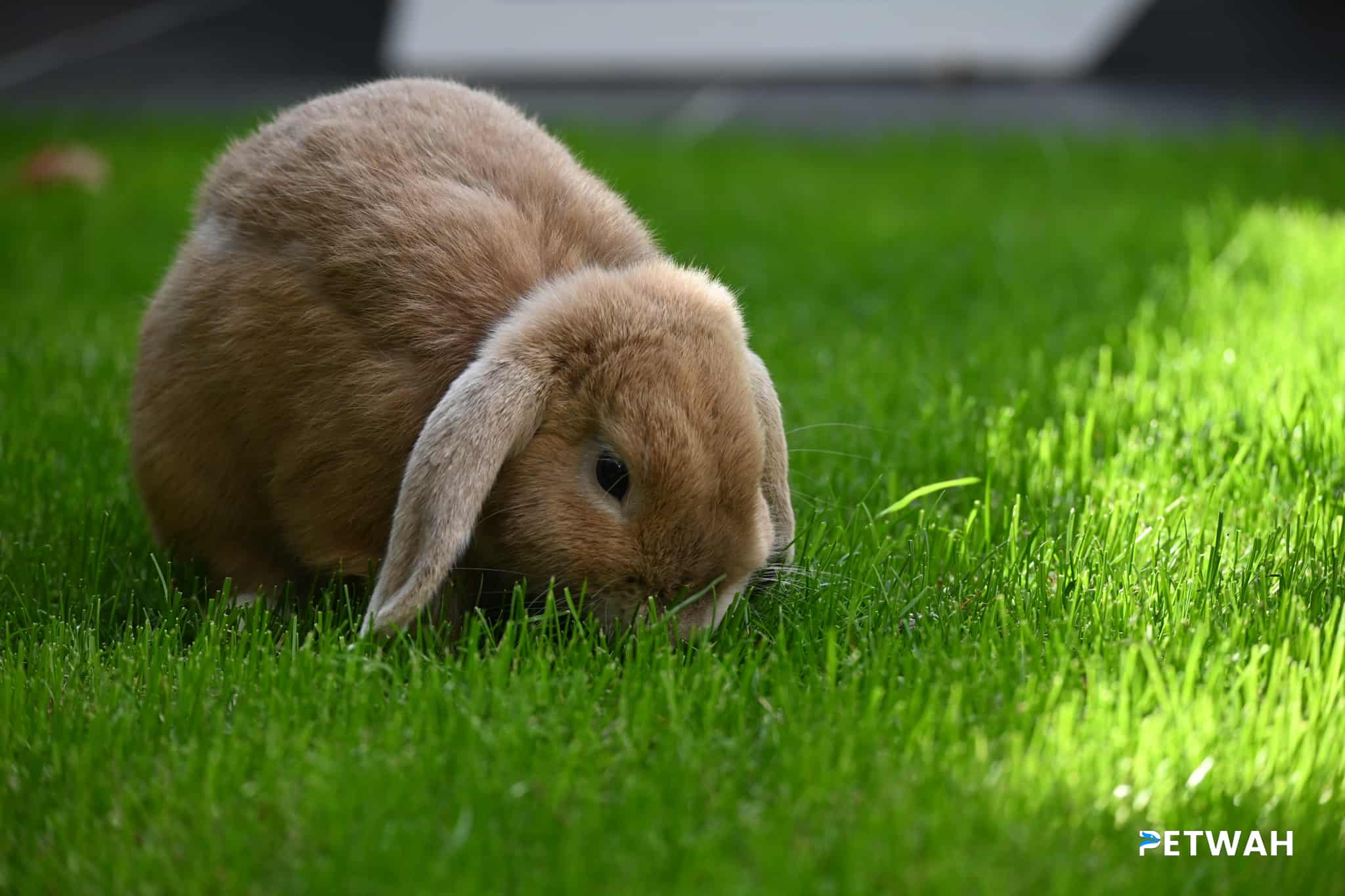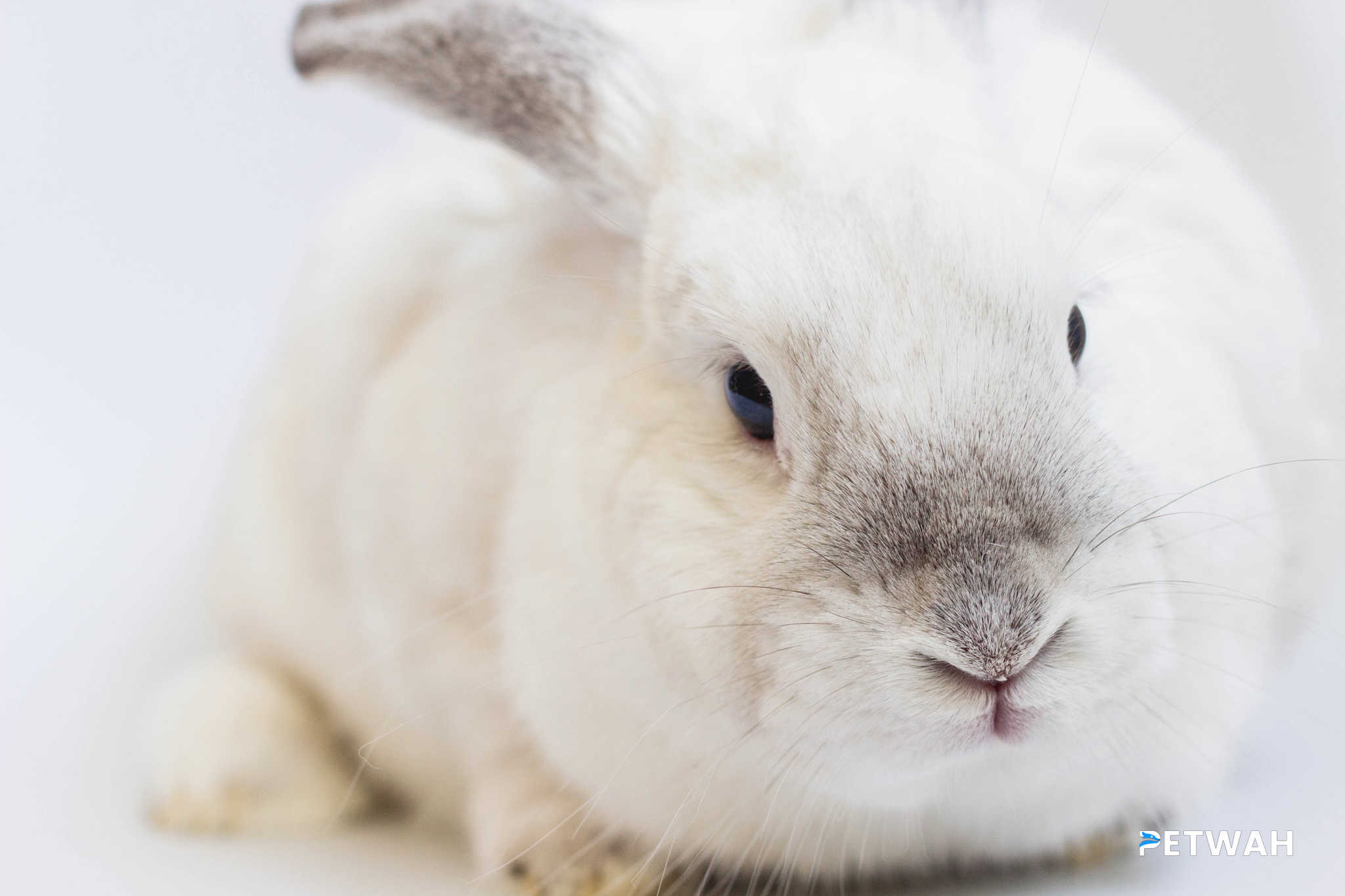Rabbits are adorable and cuddly creatures that make great pets. They are gentle and easy to care for, but when it comes to their diet, there are some things you need to be aware of. One of the most common mistakes rabbit owners make is feeding their furry friends a diet that is too high in fat. While it may seem harmless, a high-fat diet can have serious consequences for your rabbit’s health. In this blog post, we will explore the hidden dangers of feeding your rabbit a high-fat diet and provide you with some tips on how to keep your rabbit healthy and happy.
Rabbits are known for their cute and cuddly appearance, but they are much more than just a pretty face. They are fascinating creatures with unique dietary needs that require careful consideration. As a rabbit owner, it is essential to understand the risks of feeding your furry friend a diet that is too high in fat. In this blog post, we will explore the hidden dangers of feeding your rabbit a high-fat diet and provide tips for ensuring a healthy and balanced diet for your furry friend.
Rabbits are herbivores, which means they are designed to eat a diet high in fiber and low in fat. When rabbits consume too much fat, it can lead to a host of health problems. One of the most common issues is obesity, which can lead to a range of health problems, including heart disease and joint problems.
Another danger of a high-fat diet is the risk of liver disease. The liver is responsible for processing fats in the body, and when the liver is overworked, it can lead to liver disease. This can be particularly dangerous for rabbits, as they are already more prone to liver problems than other animals.
In addition to liver disease and obesity, a high-fat diet can also lead to digestive problems in rabbits. This is because fat is more difficult to digest than other nutrients, and when too much fat is consumed, it can lead to diarrhea, bloating, and other digestive issues.
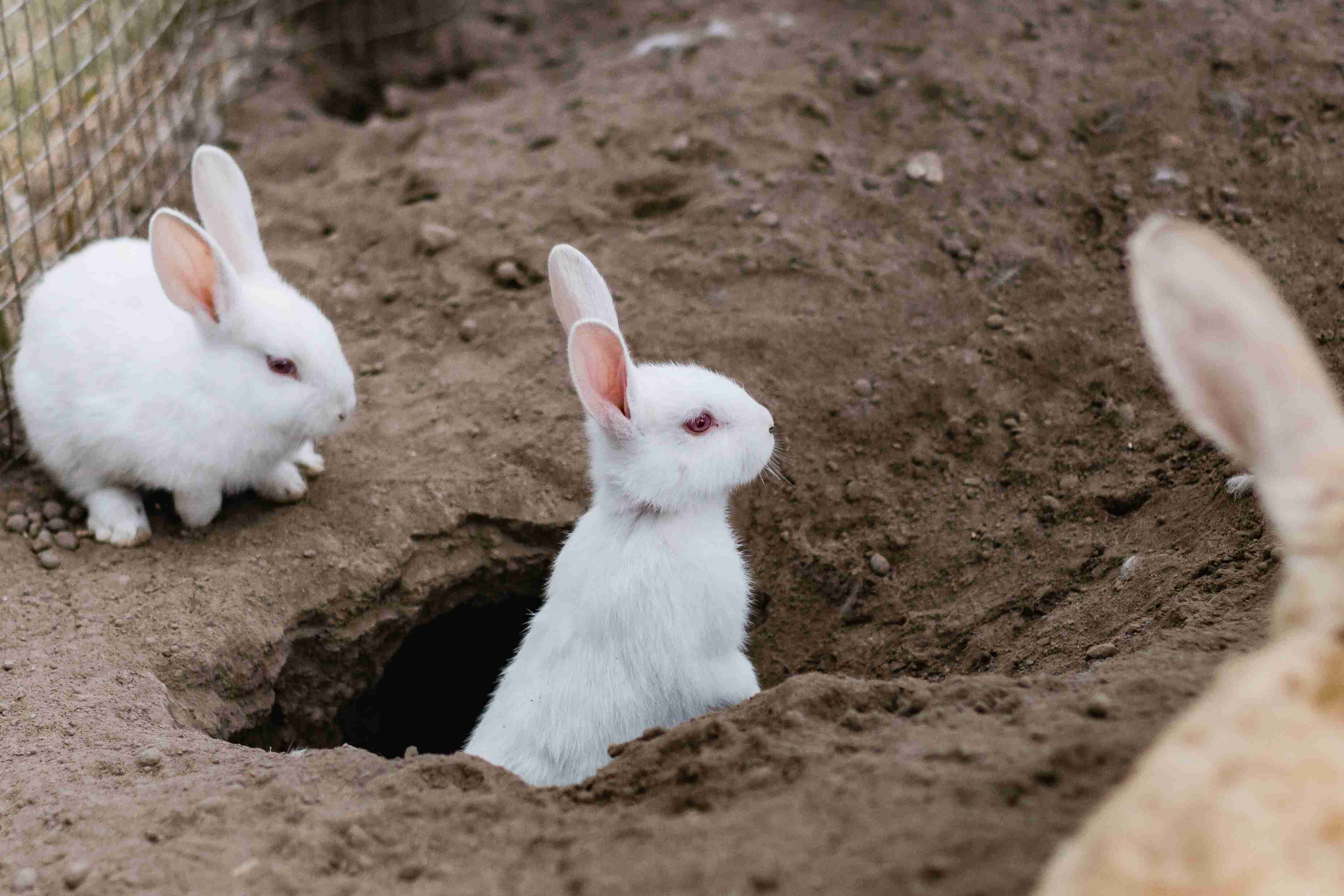
So, what can you do to ensure your rabbit is getting a healthy and balanced diet? The first step is to choose the right food. Look for a high-quality rabbit food that is specifically designed for rabbits. These foods are typically high in fiber and low in fat, making them the perfect choice for your furry friend.
In addition to choosing the right food, it is also important to provide your rabbit with plenty of hay and fresh vegetables. Hay is an essential part of a rabbit’s diet, as it provides fiber and helps keep their digestive system healthy. Fresh vegetables, such as kale, spinach, and carrots, are also an excellent source of nutrients for rabbits.
Finally, it is important to monitor your rabbit’s weight and adjust their diet accordingly. If you notice your rabbit is gaining weight or showing signs of digestive problems, it may be time to adjust their diet.
Overall, feeding your rabbit a high-fat diet can lead to a range of health problems, including obesity, liver disease, and digestive issues. By choosing the right food, providing plenty of hay and fresh vegetables, and monitoring your rabbit’s weight, you can ensure they are getting a healthy and balanced diet. Remember, a healthy rabbit is a happy rabbit!
In conclusion, it is crucial to be mindful of what you feed your rabbit. A high-fat diet may seem harmless, but it can lead to serious health issues in the long run. It’s always best to consult with a veterinarian or a rabbit nutritionist to ensure that your furry friend is getting the right nutrients in the right amounts. Remember, prevention is always better than cure, and a little extra care and attention can go a long way in keeping your rabbit healthy and happy. So, make sure to keep a balanced diet for your rabbit and give them all the love and care they deserve!


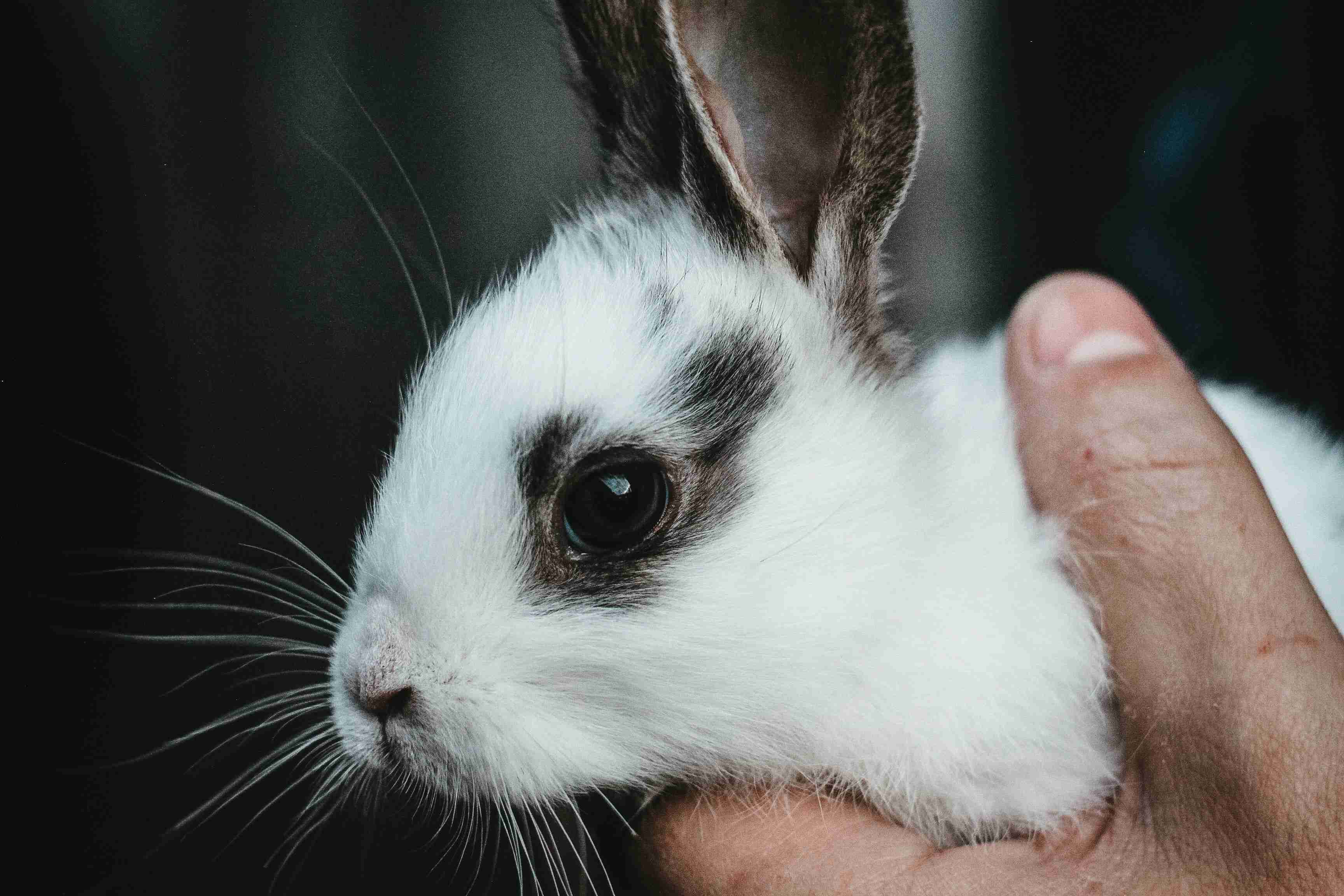
.jpg)
